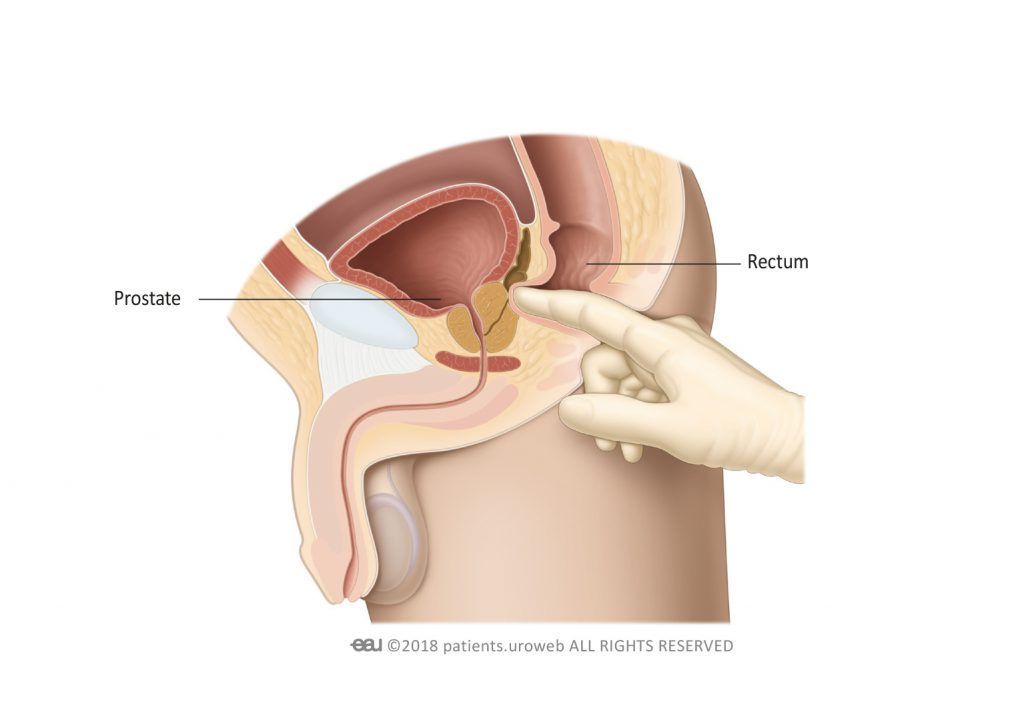
Diagnosis of urinary incontinence


Urinary incontinence is a problem that needs to be diagnosed correctly so that you get the appropriate treatment.
This section lists the different tests your doctor may need to assess your situation. It offers general information about the diagnosis and assessment of urinary incontinence. Keep in mind that conditions can vary in different countries and hospitals.
Medical history
Your doctor might take a medical history to understand what type of urinary incontinence you have. As part of the medical history, your doctor might ask about any other conditions you may have or the medication you take. This can be related to incontinence or affect your symptoms.
Your doctor may ask you:
- If you take any medication
- If you smoke
- When and how much you drink
- If you drink much coffee or alcohol
- If you ever had surgery
- To describe your bowel habits
- If you have ever been pregnant
- If you have entered menopause
Your doctor might also ask you about the impact of incontinence on your daily life, for example:
- How often do you go to the toilet
- How often do you have urine leakage
- If you leak urine when you laugh, cough, or sneeze
- If you wake up at night to urinate
- If you need to hurry to reach the toilet in time when you feel the urge to urinate
- If your bladder does not feel empty after urinating
- The doctor may also ask you about your sex life and your treatment wishes.
Physical examination
The doctor may perform a physical examination of your abdomen to detect an enlarged bladder. He may ask you to cough with a full bladder to see if you suffer from stress urinary incontinence (SUI). The doctor also needs to test how well the pelvic floor muscles work. For men, this is done through a digital examination of the rectum and the prostate (Fig. 2).

Patient questionnaires
The doctor may ask you to fill out a questionnaire to understand better your symptoms and how they affect your everyday life. Questionnaires can also be used to monitor your symptoms over time, so you may need to fill them out more than once.
Urine test
You may need to give some of your urine for testing. The test will show if you have a urinary tract infection.
Bladder diary
Your doctor may ask you to keep a bladder diary for a few days. Here you will note how much you drink, how often you urinate, and how much urine you produce. The bladder diary is important because it helps your doctor to understand your symptoms better.
Assessment of residual urine
- Residual urine is the amount of urine that is left in the bladder after urinating. It is also known as post-void residual urine (PVR). It is usually measured with the help of an ultrasound.
- Residual urine can worsen incontinence and point to other urological conditions, such as a urinary tract infection. It can also help your doctor to understand the causes of your incontinence better.
Pad test
Your doctor may also need to know the weight of the pads you wear during a period called the pad test. Your doctor will explain in detail how to perform the test. A pad test is not always easy to do, and your doctor will need your full cooperation.
Urodynamic evaluation
A urodynamic evaluation might be necessary to get more information about your urination cycle and how your bladder muscles and urinary sphincter work. The urodynamic evaluation may consist of uroflowmetry or invasive urodynamic tests.
Uroflowmetry
Uroflowmetry consists of electronically recording the rate of your urine flow. It is quickly done in privacy at the hospital or clinic. You will urinate into a container called a uroflowmeter. This test helps your doctor check whether there is any obstruction to the flow of urine out of the bladder.
Invasive urodynamic tests
If you are scheduled to undergo surgery for urinary incontinence, an invasive urodynamic test may be done. The test may also be needed when your diagnosis is uncertain.
During an invasive urodynamic test, your doctor or nurse inserts catheters in your urethra and rectum to measure the pressure in your bladder and abdomen. The bladder is slowly filled with sterile water through the catheter in the urethra. This is done to simulate the filling of the bladder with urine. When your bladder is complete, you will urinate into a uroflowmeter.
The test results are shown on a screen that is connected to the catheters.
Cystoscopy
With a cystoscopy, the doctor can look inside the urethra and the bladder with the help of a small camera. Cystoscopy is not a standard test during initial assessment for urinary incontinence. It may be needed when you suffer from other symptoms, such as blood in the urine or if your diagnosis is unclear.
Imaging
The doctor or nurse may scan your urinary tract with ultrasonography or magnetic resonance imaging. However, imaging is not a standard test during the initial assessment for incontinence.
References:
EAU Patient Information | UI Page | July 2020. UROWEB

